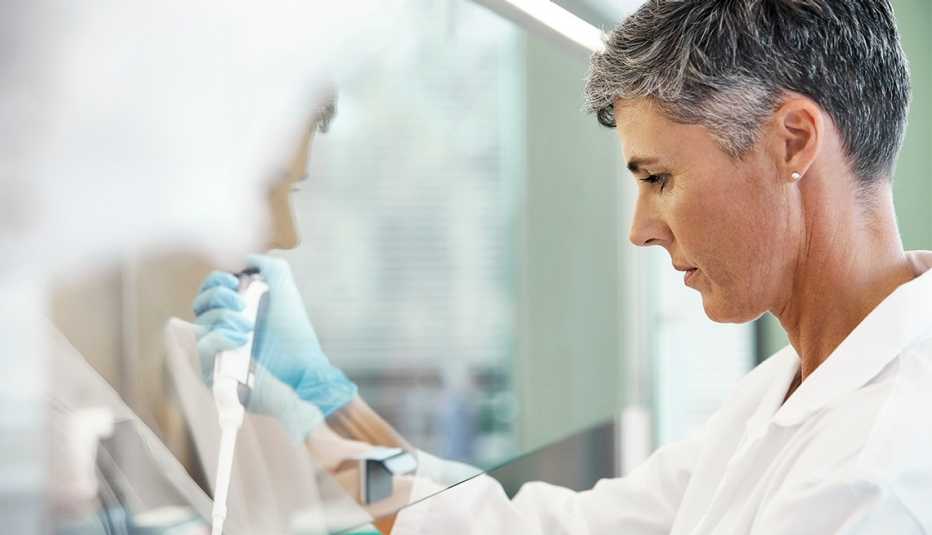AARP Hearing Center
Myth 1: Shingles is the same as chickenpox
It’s true that shingles is the result of the same virus that causes chickenpox (called varicella zoster virus), but they're not that similar — more distant cousins than siblings. For most people, chickenpox is a childhood annoyance, ever so itchy but usually not too serious, although complications can occur.
Shingles usually pops up later in life, and it's more than merely annoying. It’s painful for most, and the disease's complications — from long-term nerve pain to hearing issues to brain inflammation — can seriously hurt your health, sometimes for months or years.
If you’ve ever had chickenpox — and you probably have; according to federal data, more than 99 percent of Americans born before 1980 have had it — you are at risk for shingles. The reason? After a person recovers from chickenpox, the virus stays dormant in the body. But it can reactivate, typically later in life. "Our natural immune function decreases with age, putting older patients at risk of varicella zoster virus reactivation,” explains Anisha B. Patel, a dermatologist at the University of Texas MD Anderson Cancer Center in Houston.
Myth 2: Shingles can't be prevented
Not true. You can get a shingles vaccine. The Centers for Disease Control and Prevention recommends the two-dose Shingrix vaccine for most people 50 and older, including adults who have chronic health conditions, although it’s always important to consult with your doctor first. You can get vaccinated at a doctor's office or pharmacy; just be sure to return between two and six months later for your second shot.
Shingrix is approximately 90 percent effective with two shots and stays 85 percent effective for four years, the CDC says. And since the shingles vaccine became available in 1995, hospitalizations and deaths due to the virus have dropped significantly: 93 percent and 94 percent, respectively.
Had shingles in the past? Even if that’s the case, Patel says, “the vaccine can help keep you from having subsequent reactivation.”
Note that Zostavax, another shingles vaccine, is no longer available in the U.S. The so-called live vaccine was approved by the Food and Drug Administration in 2006 and discontinued in November 2020. The CDC recommends that individuals who received Zostavax in the past get Shingrix.






































































